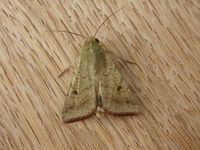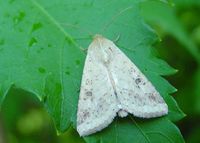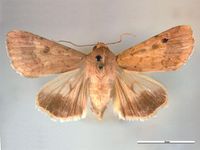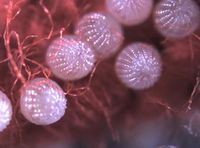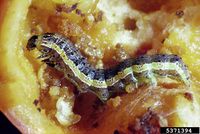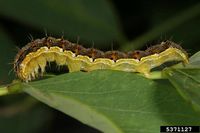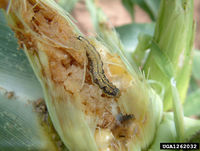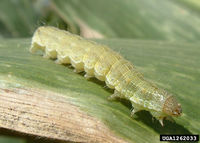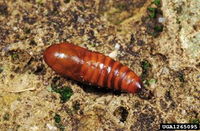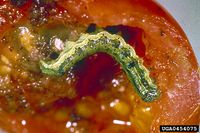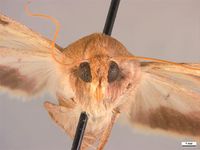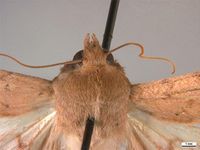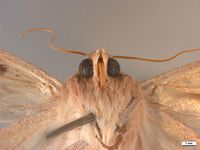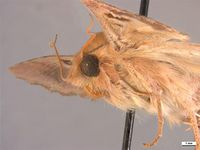Difference between revisions of "Helicoverpa armigera"
| Line 15: | Line 15: | ||
}} | }} | ||
For more details see the respective page in [[wikipedia:Helicoverpa armigera|Wikipedia]]. | For more details see the respective page in [[wikipedia:Helicoverpa armigera|Wikipedia]]. | ||
| − | |||
| − | |||
<gallery widths=200px caption="Other images of Helicoverpa armigera (Wikimedia Commons, IPM Images and PaDIL - click to enlarge)"> | <gallery widths=200px caption="Other images of Helicoverpa armigera (Wikimedia Commons, IPM Images and PaDIL - click to enlarge)"> | ||
Revision as of 19:33, 17 March 2014
Taxonomic position
|
|---|
| Literature database |
|---|
| 1449 articles sorted by: |
| • year (recent ones first) |
| • research topics |
| • countries/regions |
| • host plants |
| • list of natural enemies |

Author: Donald Hobern
Source:Wikimedia Commons
Helicoverpa armigera (Hübner, 1808) (old world cotton bollworm)
is widespread in southern Europe, Africa, Asia and Australia/Pacific, where it is a serious, highly polyphagous pest of cotton, maize, tomatoes and many other crops. It is also found in central and even northern Europe during the summer. The larvae prefer the buds, flowers and fruits, but may also damage the leaves. The species is considered economically to be one of the most important insect pests world-wide. There is considerable variation in colour both on the adults and the caterpillars, the latter reach a length of about 4 cm. It its most closely related to Helicoverpa zea of the New World and both species interbreed in the laboratory. It is frequently intercepted by quarantine in the Americas and recent reports suggest that it may already have established in South America.
Synonyms:
Heliothis armigera
Heliothis obsoleta
| Vernacular names | |
|---|---|
| • Deutsch: | Baumwollkapselwurm |
| • English: | old world cotton bollworm African bollworm gram pod borer |
| • Español: | oruga del tomate |
| • Français: | noctuelle de la tomate ver rose du cotonnier |
For more details see the respective page in Wikipedia.
- Other images of Helicoverpa armigera (Wikimedia Commons, IPM Images and PaDIL - click to enlarge)
